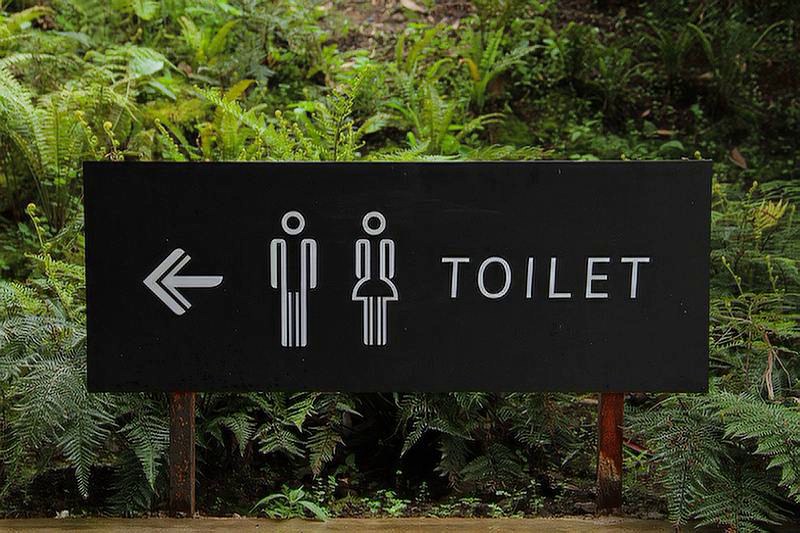I’ve never been very good when it comes to hanging on for a wee. I think it stems back to when I very first went to school, at the tender age of 5. I remember the toilets were outside and full of spiders so I never wanted to use the toilet, preferring to hang on until the end of school and play Russian roulette with my bladder to see if I could get home before I pee’d myself. My mum would have all the doors open ready for a clear route straight to the toilet. Unsurprisingly, this didn’t always end in a successful arrival at the toilet!
Fast forward many years and 2 babies it would be fair to say that my hanging on capacity still remains average at best. I’ve always meant to ‘get round’ to doing regular pelvic floor exercises, but honestly, I think it is now time to get a grip – literally!
Anatomy of the pelvis
The pelvic floor muscles are layers of muscle and other tissue stretched like a hammock from the pubic bone at the front to the bottom of the backbone and from one side of your sitting bone to the other. In men they support the bladder and bowel and in women, the bladder, bowel and uterus.
What do pelvic floor muscles do?
The pelvic floor muscles give you the ability to control the release of wee, poo and wind – delaying emptying until it is convenient. Contracting the pelvic floor muscles lifts the internal organs of the pelvis and tightens the openings of the vagina, anus and urethra. Relaxing the pelvic floor allows passage of wee and poo. Pelvic floor muscles are also important for sexual function in both men and women.
Pelvic floor muscles in women also provide support for the baby in pregnancy and need to be relaxed during childbirth. Pelvic floor exercises strengthen the muscles around your bottom, bladder, vagina and penis. Strengthening them can help urinary incontinence and pelvic organ prolapse. It can also make sex better too.
Where do I find my pelvic floor muscles?
If you try and stop the flow of urine when you go to the toilet, you will feel your pelvic floor muscles – do not do this regularly as it can harm your bladder.
Pelvic floor exercises (Kegel exercises)
To strengthen your pelvic floor muscles, sit comfortably and squeeze the muscle 10 to 15 times for 2 – 3 sets each day. These squeezes can be long – tighten and hold the squeeze or short – quickly tighten the pelvic floor then immediately let them go again, repeating as able but fully releasing the squeeze each time. Aim to do 10 long followed by 10 short squeezes.
Remember – keep breathing; only squeeze and lift, do not tighten your buttocks, keep your thighs relaxed and don’t worry if you have to start with little and often to begin with. Once you get used to doing pelvic floor exercises, add a few more squeezes but rest between sets of squeezes. When you have mastered the exercise, you should be able to do them without anyone noticing and in other positions for example lying down or standing up. Get into the habit of doing them regularly, for example every time you clean your teeth or wash up, set a reminder on your phone or use an app.
If you are experiencing symptoms that may be related to a weakened pelvic floor and exercises do not help, speak to your GP as there is other help available, including pelvic floor specialist physiotherapists.
Happy squeezing everyone!


